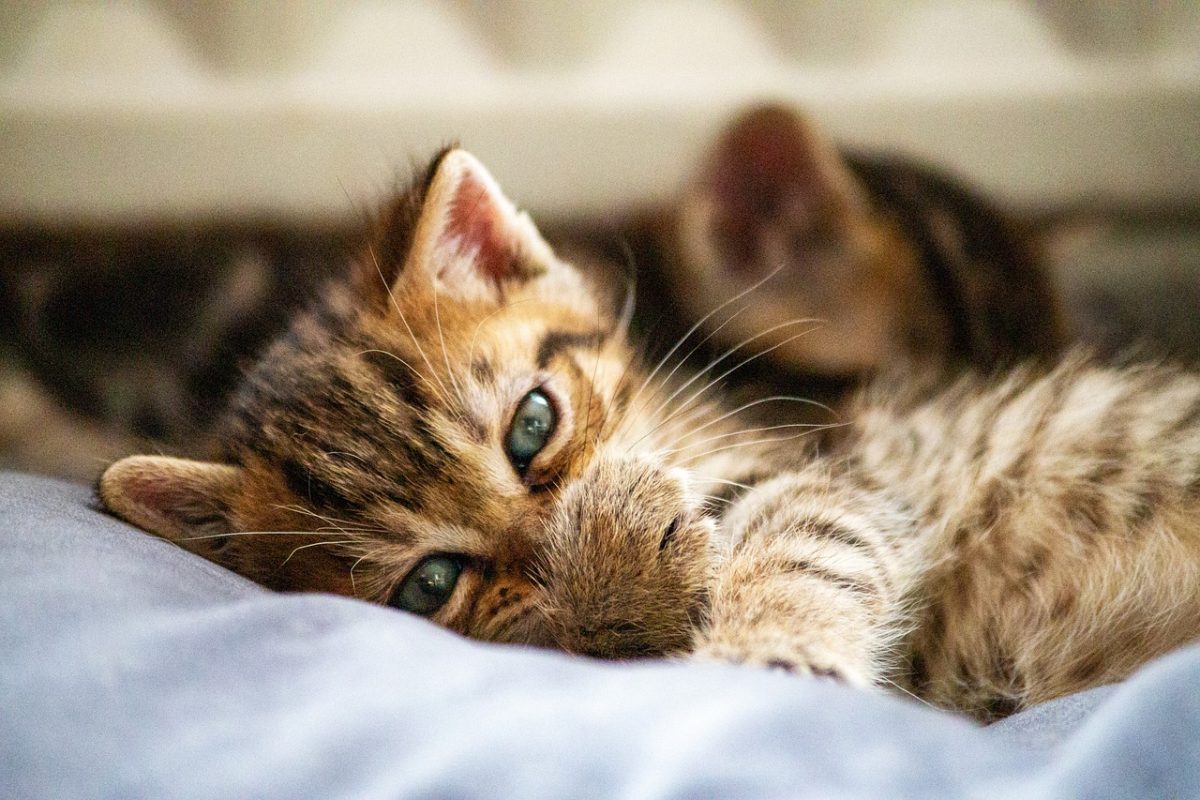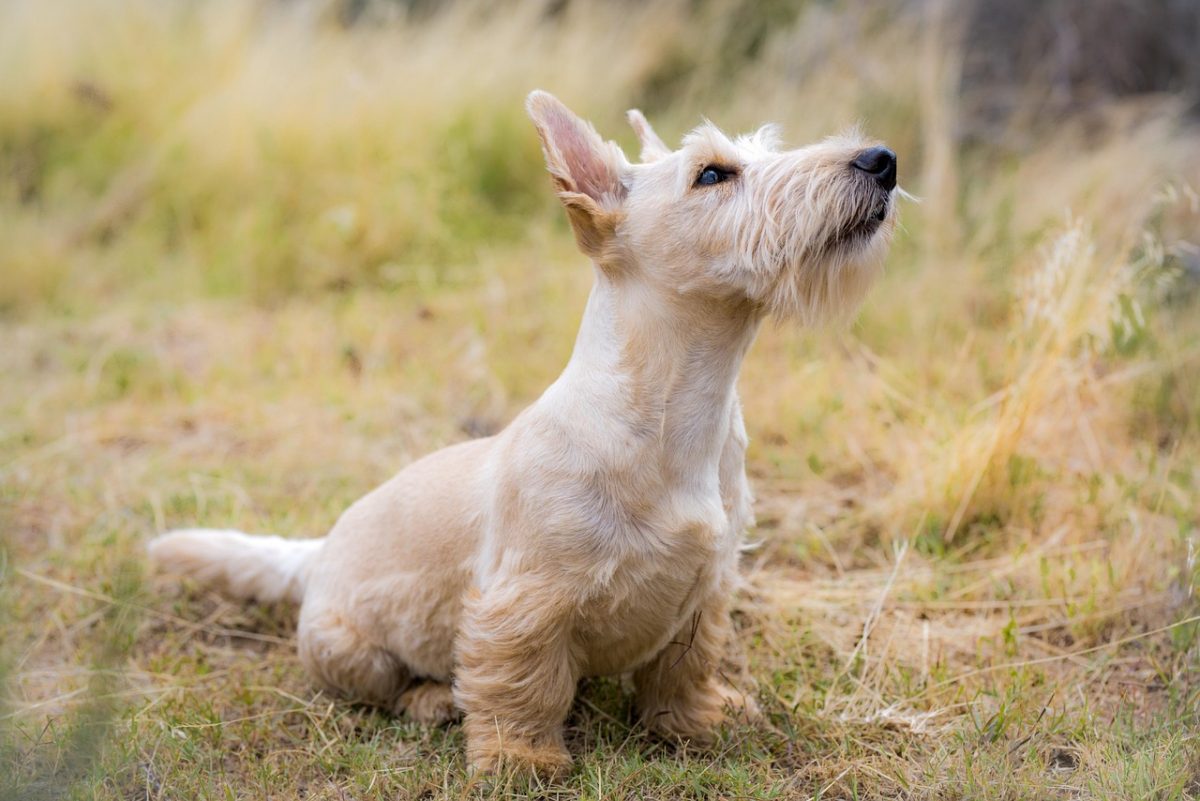Pet insurance used to be a niche product that only the most cautious pet owners considered. But that’s no longer the case. With veterinary costs rising and pets increasingly considered family members, more people are turning to insurance as a way to protect their pets and their wallets. In 2025, the industry is evolving faster than ever. New technologies, shifting expectations, and broader coverage are reshaping what pet insurance looks like today and what it might become tomorrow.
Personalized Plans Are Becoming the Norm
For years, pet insurance was fairly rigid. You picked a deductible, a reimbursement rate, and hoped the plan worked out. But in 2025, more providers are offering customized coverage based on the pet’s breed, age, lifestyle, and health history.
Owners of senior pets or pets with pre-existing conditions are finally seeing more inclusive options. Companies are also rolling out coverage that can adapt as your pet ages, with annual reviews and adjustments that better suit long-term needs.
Wellness and Preventive Care Are Gaining Traction
Traditionally, pet insurance focused on emergencies, broken legs, sudden illnesses, surgeries. Now, there’s a growing shift toward holistic health and preventive coverage.
This includes:
- Routine vaccinations
- Dental cleanings
- Flea and tick prevention
- Annual wellness exams
These add-ons might cost a little more upfront, but they can reduce long-term vet bills and catch health issues before they become serious.
Integration With Wearable Tech
One of the more futuristic trends that’s already gaining real-world momentum is the use of pet wearables. These are collars or tags that track a pet’s activity, sleep, heart rate, and more.
Insurance companies are starting to integrate data from these devices into their risk assessments and pricing models. Some even offer discounts for pets who maintain healthy activity levels. This is similar to how human insurance plans reward good health habits.
Faster Claims With AI and Mobile Apps
Nobody wants to wait weeks for a reimbursement, especially after a stressful vet visit. In 2025, claims processing is getting a major upgrade. Many companies now offer instant or same-day reimbursements, powered by AI and mobile uploads.
Pet parents can simply snap a photo of their vet bill through an app and receive reimbursement quickly, making the process more user-friendly and less anxiety-inducing.
Rising Demand Means More Competition and More Confusion
The pet insurance market is expanding rapidly. More providers means better options, but also a lot more fine print to read. New companies are entering with slick marketing and promises of low premiums, but it’s crucial to understand what’s actually covered.
As demand rises, expect more partnerships between insurance providers and vet clinics, groomers, pet retailers, and even adoption centers. Some shelters are already offering 30-day free trials to new adopters.
Mental Health and Behavioral Coverage Is Emerging
Here’s a big shift: mental and behavioral health is finally getting attention in pet insurance. Anxiety, compulsive behaviors, and other psychological issues are being recognized as legitimate conditions. Some insurers are now including coverage for training, therapy, or even medications prescribed for behavioral issues.
This shift is a reflection of how seriously society is taking the emotional well-being of animals, not just their physical health.
Looking Ahead
The pet insurance industry is no longer just about “what if something bad happens.” It’s about creating a proactive, full-picture approach to pet wellness, from puppyhood to the golden years. As coverage expands and technology continues to transform the landscape, pet owners in 2025 have more tools than ever to protect the companions they love most.
Still, the key to making the most of any plan is doing your homework. Look beyond flashy ads. Compare what matters, deductibles, reimbursement caps, exclusions, and real customer experiences. The best plan for your pet isn’t always the cheapest. It’s the one that’s there when you need it most.



